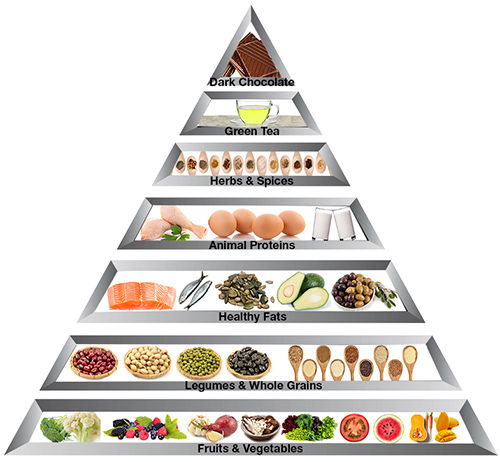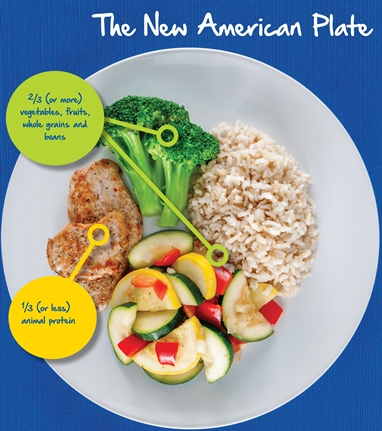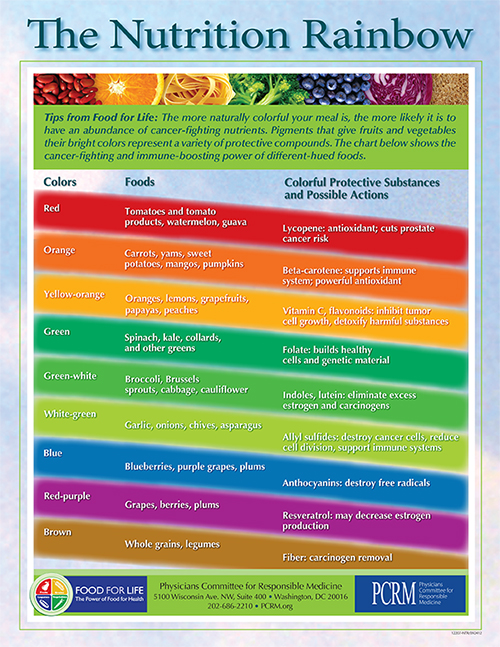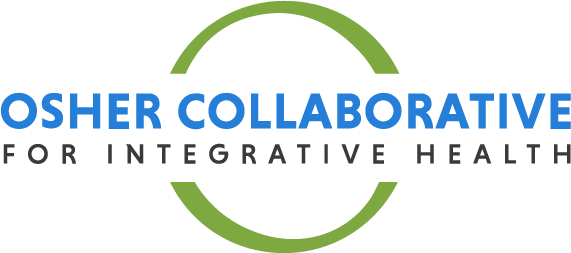Healthy Dietary Approaches for Cancer Patients

Cancer and the treatment of cancer are often associated with inflammation (research). Although the inflammatory process may have a role in healing, if it goes on too long or if there is too much of it, it can damage cells and their DNA. Aside from injury there are other factors contributing to chronic inflammation, such as stress, carrying too much body fat (fat cells make inflammatory cytokines), chemical exposures, and/or consuming a pro-inflammatory diet.
The good news is that diet can significantly decrease inflammation. Research has shown that interventions with plant-based diets resulted in reductions of almost all investigated inflammatory biomarkers. The secret weapon is phytonutrients. Phytonutrients are protective compounds found in the pigments of plants. The more naturally colorful your meal, the more likely it is to have an abundance of phytonutrients. Phytonutrients have the potential to modulate the immune system. Pre-clinical studies suggest that they can slow the growth of cancer cells and prevent DNA damage.
Spices also contain these protective phytonutrients, suppressing survival, proliferation, invasion and angiogenesis of tumor cells (research). Including a colorful array of spices in your diet can insure that you are taking advantage of these benefits.
A plant-based diet is the best way to provide the body with a steady stream of phytonutrients.
The Osher Center Plant-Based Food Pyramid
Below is a pyramid created by the Osher Center, outlining foods that may help fight cancer.

There are seven categories of fruits and vegetables (from left to right in the bottom row):
- Crucifers (cauliflower, broccoli, cabbage)
- Berries (raspberries, blueberries, cherries)
- Alliums (garlic, onions, shallots)
- Mushrooms (enoki, shitake, maitake)
- Leafy Greens (kale, collards, chard)
- Lycopene Rich (tomato, watermelon, guava)
- Carotene Rich (carrot, winter squash, mango)
New American Plate
The “New American Plate” image from the American Institute for Cancer Research is a handy tool to help you build a plate that is plant-based and colorful. (Click image for larger version.)

The Nutrition Rainbow
The Physicians Committee for Responsible Medicine (PCRM) has developed the Nutrition Rainbow chart to help you add more colorful food to your diet. A goal would be to have at least one item from each color group every day. (Click image for larger version.)

Other Dietary Guidelines for Cancer Prevention
- Prepare meat, poultry and fish by baking, broiling or poaching, rather than frying or charbroiling.
- Exercise: for adults at least 30 minutes most days; for children 60 minutes most days
- Limit sedentary behavior, such as sitting, lying down, watching TV or other screen-related activities.
- Be as lean as possible, without becoming underweight.
- Avoid tobacco products.
- Reduce your exposure to toxic chemicals in foods, water, plastics, household products and cosmetics. Refer to the Environmental Working Group's lists of least contaminated products.
- For newborns, it is best for mothers to breastfeed exclusively up to six months.
As always, it is best to discuss your nutrition plans with a qualified practitioner.

